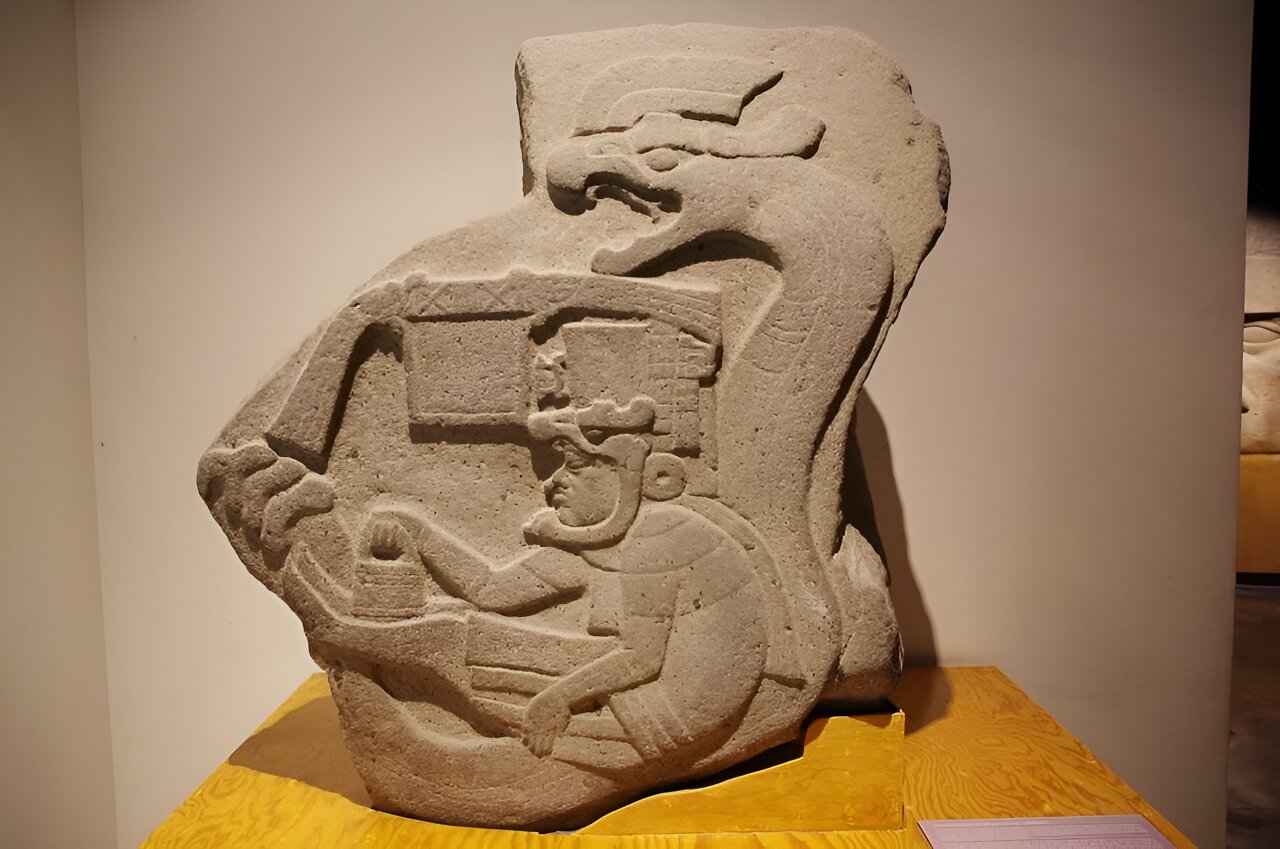- cross-posted to:
- [email protected]
- cross-posted to:
- [email protected]
Dr. Jill Mollenhauer argues that the Gulf Lowland Olmec, one of Mesoamerica’s earliest major civilizations, sometimes incorporated aesthetic and ritual practices associated with their rock art into their sculptures. She argues that this allowed Olmec elites to harness the spiritual and natural potency of the wild and sacred landscape and bring it into the domestic and urban centers, where it legitimized their political power.
Rock art and sculpture are distinct forms of art. While rock art is made in situ (original position), sculptures were quarried and brought in from different areas. In fact, because very few suitable stones exist within the local environment, large volcanic blocks had to be imported from far away.
Olmec rock art is inherently linked to the landscape in which it was made, demarcating the inherent sacredness of the landscape. Often found along travel routes, caves, and rocky hillsides, it was linked to the wild and the dangerous, often demarcating the sacred homes of spiritual forces.


